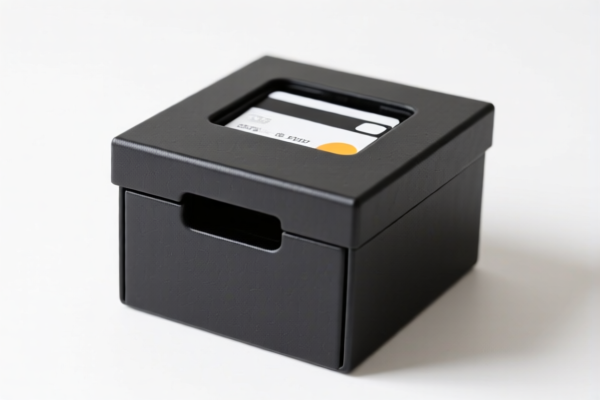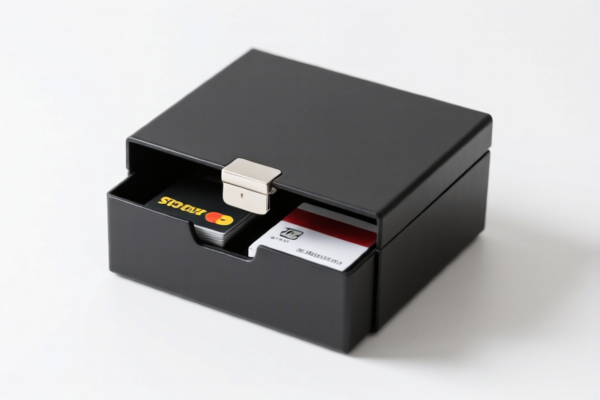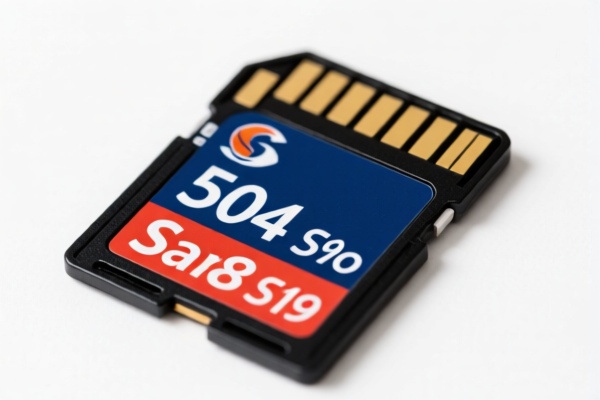| HS Code | Official Doc | Tariff Rate | Origin | Destination | Effective Date |
|---|---|---|---|---|---|
| 8523210000 | Doc | 55.0% | CN | US | 2025-05-12 |
| 8523520010 | Doc | 55.0% | CN | US | 2025-05-12 |
| 4911100080 | Doc | 37.5% | CN | US | 2025-05-12 |
| 4911998000 | Doc | 37.5% | CN | US | 2025-05-12 |
| 4908900000 | Doc | 37.5% | CN | US | 2025-05-12 |
| 4908100000 | Doc | 37.5% | CN | US | 2025-05-12 |




Card Storage
Card storage encompasses a variety of methods and technologies used to retain digital information on cards, typically solid-state memory cards. These cards serve as portable data repositories for a wide range of devices.
Materials
The core of card storage relies on semiconductor memory, predominantly flash memory. Different types of flash memory are utilized, impacting performance and cost:
- NAND flash memory: The most common type, offering high storage density and lower cost. Variations include SLC (Single-Level Cell), MLC (Multi-Level Cell), TLC (Triple-Level Cell), and QLC (Quad-Level Cell), each with differing endurance, speed, and cost characteristics.
- NOR flash memory: Less common in typical card storage due to higher cost and lower density, but provides faster random access speeds, often used for storing firmware.
- Plastic casing: Cards are typically encased in durable plastic (often polycarbonate or ABS) to protect the internal components.
- Metal contacts: Provide the electrical connection for data transfer.
Purpose
The primary purpose of card storage is portable data storage and transfer. This allows users to:
- Expand device capacity: Increase the storage space available on devices with limited internal memory (cameras, smartphones, game consoles).
- Transfer data between devices: Easily move files (photos, videos, documents) between cameras, computers, and other compatible devices.
- Back up data: Create copies of important files for safekeeping.
- Run applications: Some cards (e.g., MicroSD cards in smartphones) can store and run applications.
Function
Card storage functions through the following key mechanisms:
- Data writing: Electrical signals are used to store data in the flash memory cells.
- Data reading: Electrical signals are used to retrieve data from the flash memory cells.
- Data management: A controller manages the storage and retrieval of data, including error correction and wear leveling.
- Interface communication: Cards utilize various interfaces (see below) to communicate with host devices.
Usage Scenarios
- Digital Cameras: Storing photographs and videos.
- Smartphones & Tablets: Expanding storage for apps, photos, videos, and other files.
- Game Consoles: Storing game data and downloadable content.
- MP3 Players: Storing audio files.
- Dashcams: Recording video footage.
- Industrial Applications: Data logging, firmware storage.
- Computers: Used in card readers for data transfer and backup.
Common Types
- SD (Secure Digital): The most widely used type, available in three main sizes:
- Standard SD: Original size, less common now.
- MiniSD: Smaller size, largely obsolete.
- MicroSD: The most popular size, commonly used in smartphones and cameras.
- SDHC (Secure Digital High Capacity): Supports capacities up to 32GB.
- SDXC (Secure Digital eXtended Capacity): Supports capacities up to 2TB.
- CF (CompactFlash): Older, larger format, often used in professional cameras.
- CFast: Faster version of CompactFlash, used in professional video cameras.
- Memory Stick: Proprietary format developed by Sony, less common now.
- xD-Picture Card: Older format, largely obsolete.
Interfaces
- USB: Most common interface for connecting card readers to computers.
- SDIO (Secure Digital Input/Output): Used in some smartphones for faster data transfer.
- PCIe: Used in CFast cards for high-speed data transfer.
Performance Factors
- Read/Write Speed: Determines how quickly data can be transferred.
- Capacity: The amount of data the card can store.
- Bus Speed: The speed of the data transfer interface. (e.g., UHS-I, UHS-II, UHS-III)
- Class Rating: Indicates the minimum sustained write speed. (e.g., Class 4, Class 10, UHS Speed Class 3)
- Video Speed Class: Indicates the minimum sustained write speed for video recording. (e.g., V6, V10, V30, V60, V90)
Considerations
- Compatibility: Ensure the card is compatible with the host device.
- Counterfeit Cards: Be wary of counterfeit cards, which may have lower capacity or performance than advertised.
- Data Recovery: Data recovery can be difficult or impossible if a card is damaged or corrupted.
- Wear Leveling: Flash memory has a limited number of write cycles, so wear leveling is important to extend the card's lifespan.
Based on the provided information, “card storage” can refer to various types of storage media incorporated into cards. Here’s a breakdown of relevant HS codes:
- 8523210000: This HS code covers discs, tapes, solid-state non-volatile storage devices, and "smart cards" – essentially, any media for recording sound or other phenomena, whether recorded or not. This includes matrices and masters for disc production, excluding products of Chapter 37. A key aspect is that this code specifically includes magnetic media cards incorporating a magnetic stripe. The total tax rate is 55.0%, comprised of a 0.0% base tariff and a 25.0% additional tariff, increasing to 30% after April 2, 2025.
- 8523520010: This HS code also covers discs, tapes, solid-state non-volatile storage devices, and "smart cards" for recording sound or other phenomena, recorded or not. However, this specifically refers to semiconductor media "Smart cards" that are unrecorded. Like the previous code, it has a total tax rate of 55.0% (0.0% base tariff + 25.0% additional tariff, increasing to 30% after April 2, 2025).
According to the provided reference material, the HS code options related to 'card storage' are limited, with only the following 2 found.
Customer Reviews
No reviews yet.